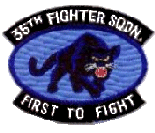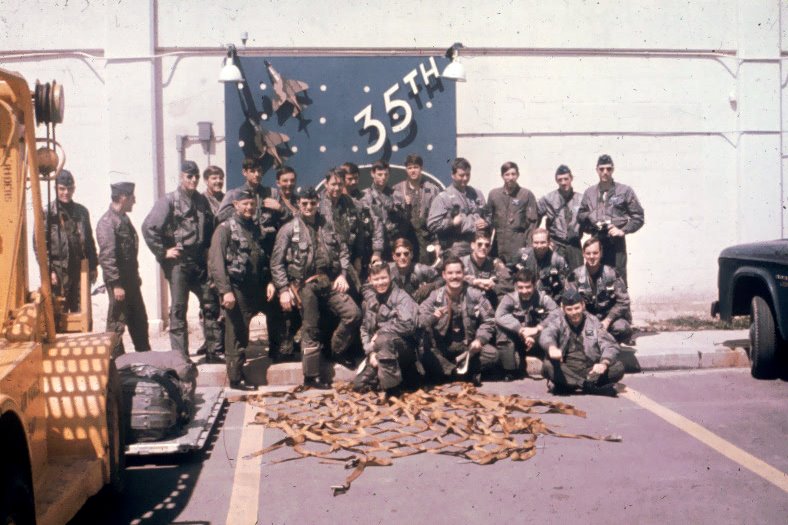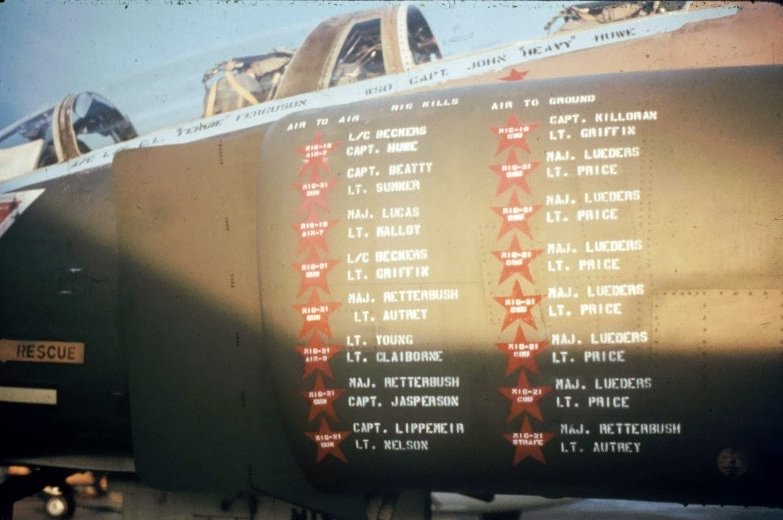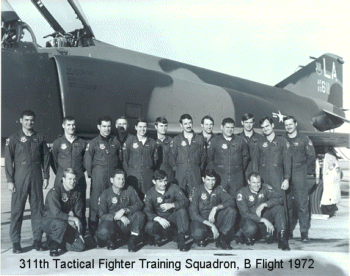Richard Keyt’s Thoughts on Ken Burns Vietnam War Series
Below is the text of a comment I posted today in the comments section of an article entitled “The tragedy of the PBS-Ken Burns version of the Vietnam War.” I just finished episode 7 of the 10 episode series.
I worried that the series would be slanted and biased, but so far I think it is evenly balanced. I like the series. It takes me back to that period of time and has made me re-examine my feelings about the U.S. involvement in the war. I highly recommend the series, but it does bring back the pain of losing 58,200 Americans, 2 million civilians on both sides, 1.1 million North Vietnamese and Viet Cong fighters and 200,000 – 250,000 South Vietnamese soldiers.
One of the comments to the above article was from an F-4 pilot who started his comment with:
“In 1971 and 1972, I flew 120.5 sorties in the F4E out of Da Nang AB. I have a BA in Asian Studies and I have lived in Asia and the Pacific 5 times.
Like Burn’s Civil War ‘history’ the Vietnam War series also promotes false leftist narratives such as the claim that Tet uprising and the Easter Offensive were American defeats.”
What follows below is the text of my reply to the above comment.
I too flew F-4s in Southeast Asia in 1972. My squadron was the 35th Tactical Fighter Squadron at at Korat Royal Thai Air Base, Thailand. We were TDY from Kunsan Air Base, Korea.
I just finished episode 7 of Ken Burns series. My impression is the series is neutral. You said “the Vietnam War series also promotes false leftist narratives such as the claim that Tet uprising and the Easter Offensive were American defeats.” I haven’t gotten to the Easter Offensive yet, but the series did not portray Tet as a victory for the north. To the contrary. The series clearly said Tet was a major defeat for the north and that the north lost 40,000 – 58,000 people.
The series did show that the U.S. media portrayed Tet as a U.S. defeat, including Walter Cronkite’s famous TV editorial in which he said the U.S. should exit the war.
One segment that really struck home with me was former Chief of Staff of the USAF General Merrill McPeak’s statements about his experience dropping bombs from his F-100 and being a Misty FAC in 1968 and 1969. He said dropping bombs in South Vietnam was a waste, but bombing trucks on the Ho Chi Minh trail was very effective.
McPeak mentioned BDA, bomb damage assessments, and what a joke it was. He said “at the end of any sortie where we dropped bombs on what we called “trees in contact” because there was nothing important down there we would always get bomb damage assessment” such as “twelve supply sources destroyed, two structures collapsed.” He said the BDA “was phony, just a waste of time.”
After each of my bombing missions with a FAC the FAC gave our flight BDA. For example, the FAC might say, 2 military personnel KIA, four military structures destroyed and 2 military pack animals destroyed. This meant we killed two people and destroyed four thatched huts and two water buffaloes.
I believe we did good work when we dropped our bombs to defend troops in contact, i.e., bombed the bad guys who were attacking the good guys. Sometimes, however, we did bad work. For those who never dropped dumb bombs from a high speed jet fighter you should know that accurate bombing was very much an acquired skill of each pilot. A huge factor was the wind because the wind blew the bombs while they were descending. A pilot could do everything perfectly to hit the target, but where the bombs actually landed depended on the wind.
We sometimes dropped bombs use a procedure we called “sky puking.” This was not dive bombing. It was flying straight and level at altitude and releasing the bombs. I remember one night in 1972 somewhere over the northern part of South Vietnam the weather was so bad we were not able to dive bomb. The airborne command post directed my four ship flight of F-4s to rendezvous with an F-4 that had a loran bombing system.
When our four airplanes joined the loran F-4 there were four Navy F-4s in a line on one side of the loran F-4. My flight lined up on the other side of the loran F-4. We were probably 15,000 – 20,000 feet high, nine Phantoms in a line abreast. There was a cloud under-cast so the steady lights from the airplanes caused the clouds below to be illuminated with an eerie light.
As we approached the target (we had no clue what the target was) the loran F-4 alerted us to get ready to “pickle.” Pickle was the term that meant press the bomb release button. When the loran F-4 said pickle all eight F-4s released 12 Mark 82 five hundred pound bombs. I remember watching the 96 bombs disappear into the soup below. I prayed we did not kill any innocent civilians.
I believe the F-4’s purpose in 1972 was to repel the North Vietnamese Army’s invasion of South Vietnam in April of 1972. We accomplished that goal. Unfortunately the goal of the U.S. through out the entire nine year war was not to defeat North Vietnam. The goal of the U.S. was to kill North Vietnamese and Viet Cong until they stopped fighting.
One segment of Ken Burns series is about the battle for Hill 875. U.S. Army men climbed Hill 875 because they knew tons of enemy were at the top. The North Vietnamese spent a month digging trenches and bunkers and preparing for the battle. After four days the Americans “captured” the summit at a cost of 115 men killed and 156 wounded. Helicopters quickly flew the “victors” from the summit and the U.S. left Hill 875 forever. One hundred fifteen brave American men gave their lives on Hill 875 for what?
The only thing General Westmoreland cared about was the body count. How many enemy did the U.S. or the ARVN kill in a battle? If we had small losses compared to the enemy’s large losses we won the battle. The goal of Westmoreland and President Johnson was to kill massive numbers of people and outlast North Vietnam rather than win the war as quickly as possible with the least loss of life.
There is an excellent September 23, 2017, interview with General McPeak. The following text is from the interview:
“In the Burns and Novick film, McPeak says that U.S. forces faced an impossible challenge in the Vietnam War because ‘we were fighting on the wrong side.’
In retrospect, McPeak edits that comment. ‘What I should have said is, when you get involved in somebody else’s war, you’ve got to pick the right side.’ The U.S. was supporting South Vietnam, and the documentary provides ample evidence of what McPeak says, namely, that the government there was corrupt, and lacked the support of the people.
‘It was blindingly obvious to me, and to a lot of other people in my squadron, that we were trying to prop up a government that had almost no chance of surviving on its own,’ McPeak says.
Had the South Vietnam government been closer to a true democracy, there might have been a chance at victory, McPeak says. Lacking that, he recalls, ‘This was not going to ever be a winning effort. I saw that quickly, and anybody with eyeballs could see it.’
The U.S. decision to fight using conventional means also made victory impossible, McPeak says. ‘I mean, we could have nuked Hanoi, and game over. That’s a win, if you think that’s a win.’
McPeak continues, ‘Given the limitations that we imposed on ourselves there, there was no way we could win.’
By the time McPeak arrived in Vietnam, he says, the U.S. government was so heavily committed that ‘it had become a matter of our prestige,’ and ‘we had to save face. So, we continued an idiotic intervention on behalf of a corrupt regime.’
I agree with the General. Why did our leaders sacrifice so much precious blood and treasure without ever intending to win the war?
What do you think about Ken Burns series? Please leave your comments below.






















 The purpose of this page is to assist in finding old friends and squadron mates. The following people are former members of the 35th Tactical Fighter Squadron or the 80th Tactical Fighter Squadron based at Kunsan Air Base, Korea, or the 36th Tactical Fighter Squadron based at Osan Air Base, Korea, who were sent TDY to Da Nang Air Base, Vietnam, and/or Korat Royal Air Base, Thailand in 1972, and whose address and contact information are known to Rick Keyt:
The purpose of this page is to assist in finding old friends and squadron mates. The following people are former members of the 35th Tactical Fighter Squadron or the 80th Tactical Fighter Squadron based at Kunsan Air Base, Korea, or the 36th Tactical Fighter Squadron based at Osan Air Base, Korea, who were sent TDY to Da Nang Air Base, Vietnam, and/or Korat Royal Air Base, Thailand in 1972, and whose address and contact information are known to Rick Keyt: